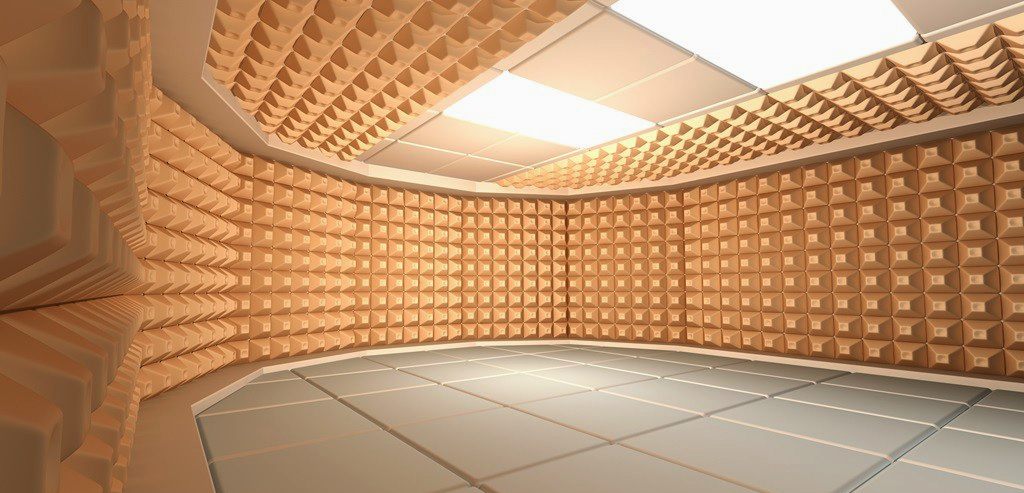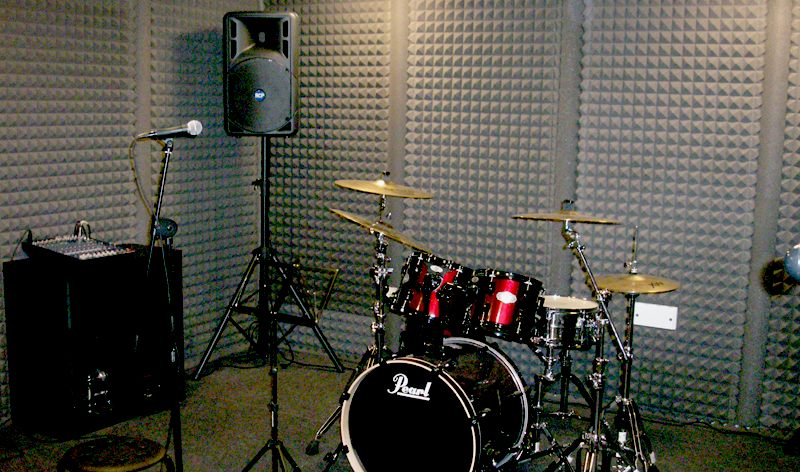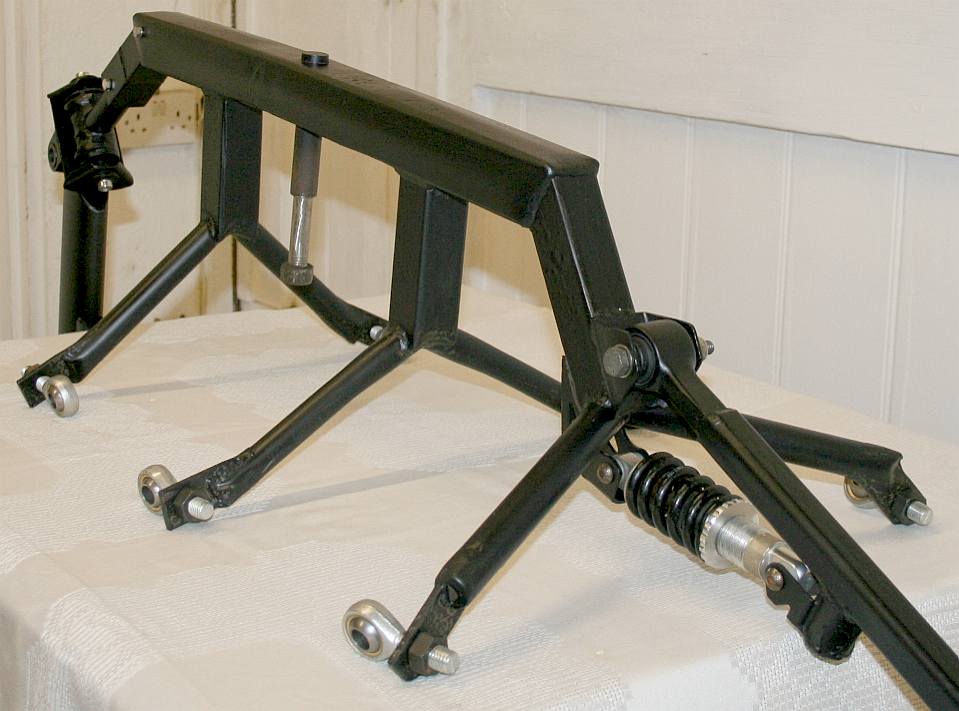|
GIANT ROBOT ANT - SOUND PROOFING
ANTICS - ARDUINO - ARMOUR - ARTWORK - BIOLOGY - BLACK BOX - COMPUTERS - ELECTRONICS - ENERGY - FRAME FORMICARIUM - HEAD - JAWS - JIMMY WATSON - KITS - LEGS - MECHANICS - MOTORS - MOVIE - PHOTOGRAPHY - RASPBERRY Pi R/C DRONE - SENTRY SOFTWARE - SOUND PROOFING - SPACE ROVERS - SPEED - SUSPENSION - TAIL - UKRAINE DRONES - WEAPONS - WARGAMING
|
|
|
SSHOOSH - You can't beat nature. Animals can remain virtually silent, even breathing can be controlled so that the normal rush of air into the lungs is noise free. You cannot do this after exercise such as running, when you will be panting or gasping for breath depending on how much you exerted yourself. That kind of breathing is very noisy, but leg and arm joints and muscle contractions are virtually silent.
CHRISTMAS GIANT ROBOT ANT PROJECT - BEING QUIET
You can hear most robots coming a mile away. It is difficult to insulate a mechanism audibly without a sound proofing or containing jacket. By way of example, cars use high density foams and bitumen based layers bonded to the structural steel panels to absorb vibrations and stop drumming. Engine bays typically have foil protected foam under the hood. Carpets help with noise reduction, but heavy rubber matting is more effective.
The best way to contain sound is to build a box or cabinet to contain it. Even better, incorporate the sound proofing in at the design stage, with as many sound containing features as you can think of.
We have a problem because we are using anywhere from 2 to 6 electric motors and they are noisy whining machines at the best of times. Brushless machines are quieter than brushed motors, but gearing has to be in there somewhere and we are using chains, even though rubber belts are less noisy - they are more expensive and less efficient.
One way of stopping all of the noise being transmitted through the frame is to use rubber mountings for the motors. We are using sandwich construction for the driven cogs, going from steel to wood and back to steel. The bearing carriers can also be rubber mounted, so keeping the drive-train (transmission) insulated from the chassis.
Fortunately, this robot has bodywork to replicate the exoskeleton appearance of the insect that inspired the project. The bodywork can be made to form an airtight cabinet with rubber bellows at the breakout points. Unlike DARPA's robot mule, our robot is only designed to carry a small person. But the noise from the RoboDog is unreal - a non-starter in our opinion. Or at least, they should have sorted a noise study first off. The Cheetah and other robots commissioned by the US military are also way too noisy for combat use.
FUTURISTIC
ROOM
- Soundproofing is any means of reducing the sound pressure with respect to a specified sound source and receptor. There are several basic approaches to reducing sound: increasing the distance between source and receiver, using noise barriers to reflect or absorb the energy of the sound waves, using damping structures such as sound baffles, or using active antinoise sound generators.
WORKSHOP SILENCE - This cabinet encloses the noisy machinery within, isolating it from the workshop, also using foam to help reduce sound transmission. Automotive soundproofing works in similar fashion, aiming to decrease or eliminate the effects of exterior noise, primarily engine, exhaust and tire noise. The automotive environment limits the thickness of materials that can be used, but combinations of dampers, barriers, and absorbers are common. There are many complex noises created within vehicles which change with the driving environment and speed at which the vehicle travels - ignoring noise from aerodynamic drag for now. Significant noise reductions of up to 8 dB can be achieved by installing a combination of all types of materials.
DIY
STUDIO
- Soundproofing a wall involves the principles of mass and isolation. A heavy wall will soundproof better than a lighter wall of the same construction. But isolation will let you achieve the same results with a lighter wall.
DECEMBER 29 2015 - ARS TECHNICA - Marines’ LS3 robotic mule is too loud for real-world combat
BATTLE ROAR - The mule, or AlphaDog is ridiculously noisy in operation, so much so that a company of soldier's will have their position compromised. The enemy will know where they are and the soldiers cannot hear the enemy because of the robot shadowing their progress.
The robotic mule is fitted with a petrol-powered engine that produces significant noise when working; some have likened it to the sound of an angry swarm of bees. Under the same contract with
DARPA and the Warfighting Lab, Boston Dynamics built a quieter, electrically powered and hydraulically actuated robot known as Spot. However, the mule's little brother could only carry about 40 pounds (18kg), which is clearly not enough for the marines.
SOUND
ABSORPTION
- As an example of a sound stopper, Dodo MLV offers 4 layers of sound proofing in one product. The makers claim this mat will absorb noise from the engine, tyres, exhaust and general road roar whilst helping to block low frequencies.
The 4 Layer construction consists of:
This Dodo Sound product is been designed to provide maximum noise
reduction for a given thickness, achieved by combining 2 high grade noise absorbers with 1 very effective high mass loaded barrier layer plus an
aluminium foil constraining layer.
FRAME ARTICULATION - Wherever you have a joint or mechanical movement, there will be noise. Good design can eliminate a lot of noise, but electric motors and gears whine. Even bearings rumble. It is good practice to rubber mount motors and servos, but of course that adds weight and cost. Please note that this frame is Design Copyright and that this photograph is Copyright © Jameson Hunter Ltd 31 January 2016. All rights reserved. You will need permission from Jameson Hunter to be able to reproduce it.
LINKS & REFERENCE
ARS Technica technology 2015 December 29 US military ls3 robotic mule deemed too loud for real world combat https://en.wikipedia.org/wiki/Soundproofing http://www.silentcoat.co.uk/ http://gikacoustics.co.uk/ http://arstechnica.com/information-technology/2015/12/us-militarys-ls3-robotic-mule-deemed-too-loud-for-real-world-combat/ http://www.dodomat.com/ http://www.deadening.co.uk/ http://www.carinsulation.co.uk/
LEFT - Movie idea, lurking beneath the Antarctic ice is a discovery that scientists will die for. This story is now the subject of a low budget trailer to be produced mostly in the UK. The promoters are looking for backers. The UK will contribute 20% toward production costs. Roughly 60% of a low budget film may be pre-sold as distribution rights, leaving 20% finance to source. The deal is that investors recover 120% on their project stake within 12 months of shooting, with an income stream thereafter from networks and merchandising. Producers and directors please take note that there is a significant audience for well made movies of this genre. Look at what happened when they remade Godzilla. RIGHT - 2015 movie inspired by the Marvel graphic novels.
A Sectasaur™ (thawed) - now on permanent display at Herstmonceux Museum, in Sussex, England.
ANTICS - ARDUINO - ARMOUR - ARTWORK - BIOLOGY - BLACK BOX - COMPUTERS - ELECTRONICS - ENERGY - FRAME - HEAD - JAWS - JIMMY WATSON - KITS - LEGS - MECHANICS - MOTORS - MOVIE - PHOTOGRAPHY - RASPBERRY Pi - R/C DRONE - SENTRY - SOFTWARE - SOUND PROOFING - SPEED - SUSPENSION - TAIL - WEAPONS - WARGAMING
DINOSAURS - DOLPHINS - HUMANOIDS - RAYS - SHARKS - WHALES
ARDUINO - ARM HOLDINGS - BEAGLEBOARD - MBED - PCBS - PICAXE - RASPBERRY PI
|
|
|
This website is Copyright © 2024 Bluebird Marine Systems Limited. The names Bluebird™, Bluefish™, Miss Ocean™, SeaNet™, SeaVax™ are trademarks. All other trademarks are hereby acknowledged. The design of the Robot Ant on this page is design copyright © December 15 2015, all rights reserved - Jameson Hunter Ltd. IMPORTANT NOTE: Under no circumstances may our products, or those of Jameson Hunter Ltd, be used by any military or law enforcement organization, for any warlike, combat, or peacekeeping crowd control purposes. Anyone purchasing one of these units will be required to sign a binding undertaking (Deed) to that effect. Any unit found to have been purchased by proxy, will be confiscated, along with civil remedy in respect of breach of contract, that all parties in the chain will be vicariously liable for - to include damages for vehicles developed from our designs without our consent - and possible fraud issue from the deception. In addition to copyright theft, the law of passing-off applies.
|









